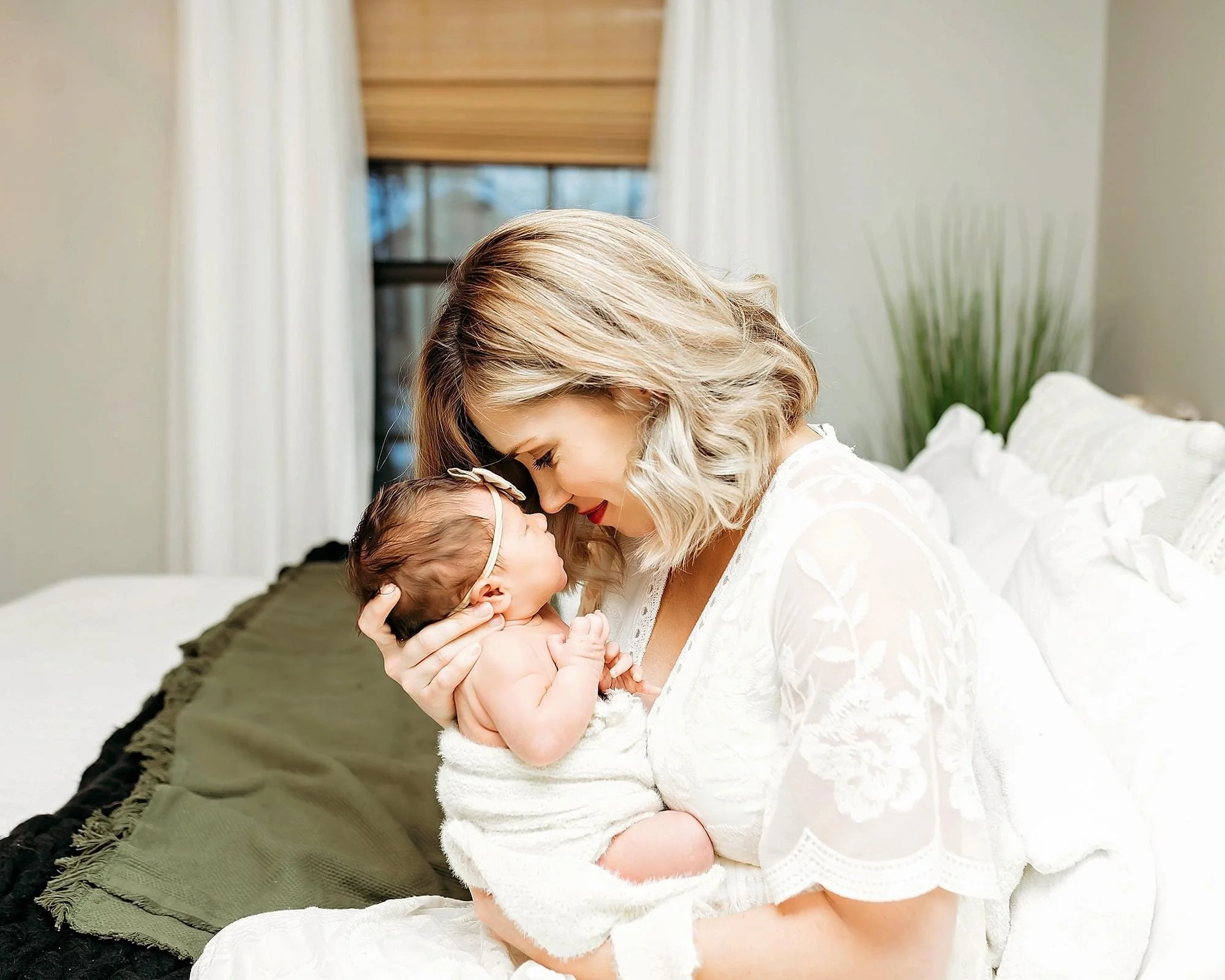Breast Pumping Tips and Tricks
/If you're thinking about breast pumping - whether it’s to go back to work, share feedings with a partner, or just have a little flexibility - you’re not alone. Pumping can be a super helpful tool for many parents, but starting can feel a little overwhelming. What kind of pump do you need? When should you even begin? What does the process actually look like day to day?
Choosing a Breast Pump (Don’t Forget to Check Your Insurance!)
Before buying a pump, check with your insurance provider - most insurance plans will cover at least one pump, and sometimes even replacement parts or upgrades. See which brands they offer and do some research to find out which one is the best for you.
A few common pump types:
Double electric pump – Great if you plan to pump regularly or are going back to work. These pumps can do both sides at once and tend to be more efficient.
Wearable or hands-free pump – These fit right in your bra (think Elvie or Willow) and are super convenient for multitasking. They’re more discreet but often not quite as strong as a traditional electric pump.
Manual pump – Simple, quiet, and budget-friendly. Good for occasional pumping or for keeping in a diaper bag.
Hospital-grade pump – Very powerful and helpful if your baby is in the NICU or if you're working to establish or increase your supply. These are usually rented short-term.
💡 Pro tip: Make sure the flange (the part that goes on your breast) fits you properly! It makes all the difference in comfort and milk output.
When Should You Start Pumping?
This really depends on your situation and what your goals are. There’s no one “right” answer here.
If your baby is in the NICU or isn’t nursing well yet: You’ll want to start pumping soon after birth - ideally within a few hours - to help establish your milk supply.
If you’re breastfeeding and want to introduce a bottle: Ideally you’ll wait about 4–6 weeks, or until breastfeeding feels well established.
If you’re going back to work: Starting to pump about 2-3 weeks before your return can help you get comfortable with your pump and build a little freezer stash. This will also give baby time to get used to a bottle before you return to work.
If you’re exclusively pumping: You’ll be pumping 8-12 times in 24 hours at the beginning, mimicking how often a newborn would nurse.
What Pumping Actually Looks Like
Okay, let’s be honest. Pumping isn’t always glamorous. It can be a bit repetitive and time-consuming, especially at first - but it can also be totally doable once you get into a rhythm.
Here’s what a typical session looks like:
Set up your pump and make sure everything’s clean and ready.
Sit down (or multitask if you’re hands-free!), relax, and pump for 15–30 minutes.
Pour your milk into storage bags or bottles, label it, and get it into the fridge or freezer.
Clean your parts so they’re ready for next time.
A few tips:
Set up a cozy pumping spot with water, a snack, your phone, a book - whatever helps you feel relaxed.
Hands-free bras are a game-changer. Seriously.
You might not get a ton at first, and that’s totally normal. Milk supply can fluctuate based on the time of day, your hydration, and even your stress levels.
You don’t need a huge freezer stash. Don’t feel pressured by other moms posting their giant freezer full of milk bags. Just a few days’ worth is usually plenty.
Don’t forget to breathe. You're feeding your baby and taking care of yourself, and that’s a big deal.
There’s no perfect way to pump, and no gold star for doing it all. Whether you pump once a day, exclusively pump, or do a little of both - what matters most is that it works for you and your baby.
Give yourself some grace as you figure it out. It might take a little time to settle into a routine, but you’re not doing it wrong if it feels awkward at first. That’s totally normal.
And remember - you’re doing a beautiful job.



